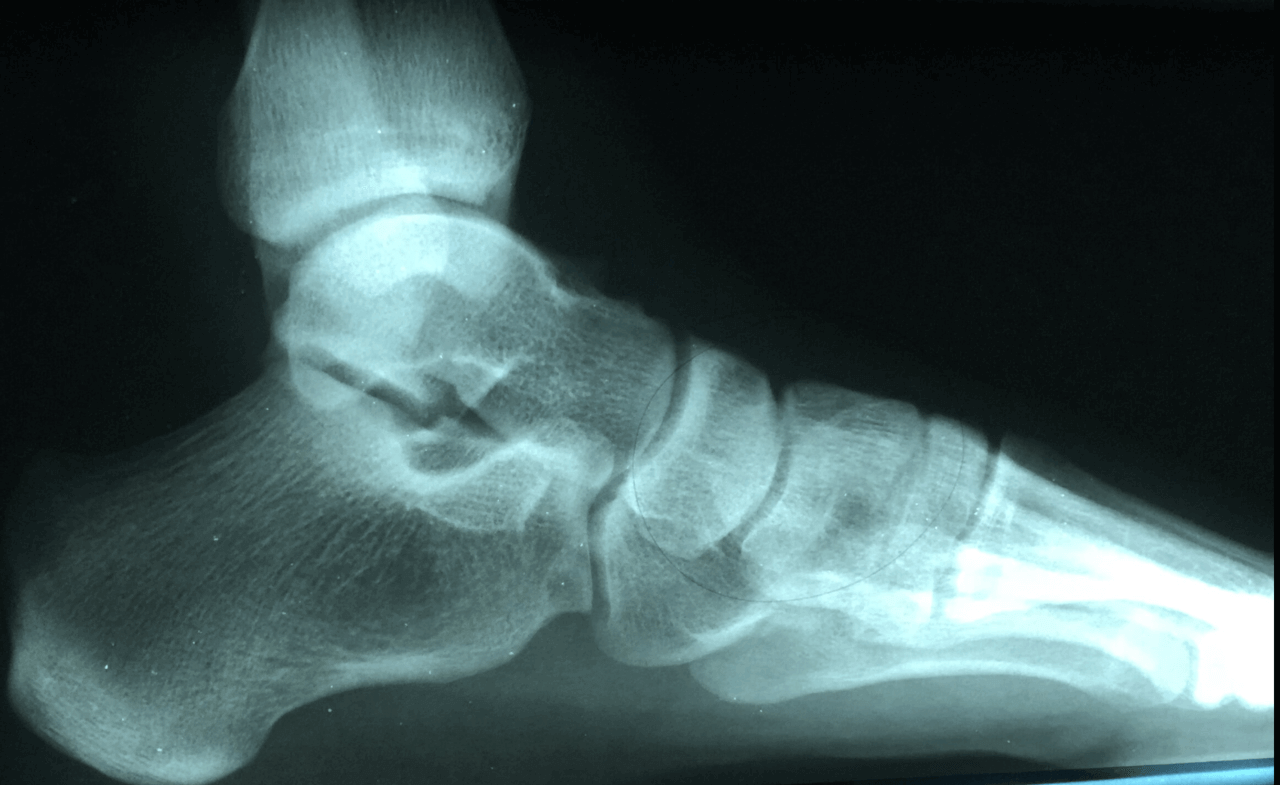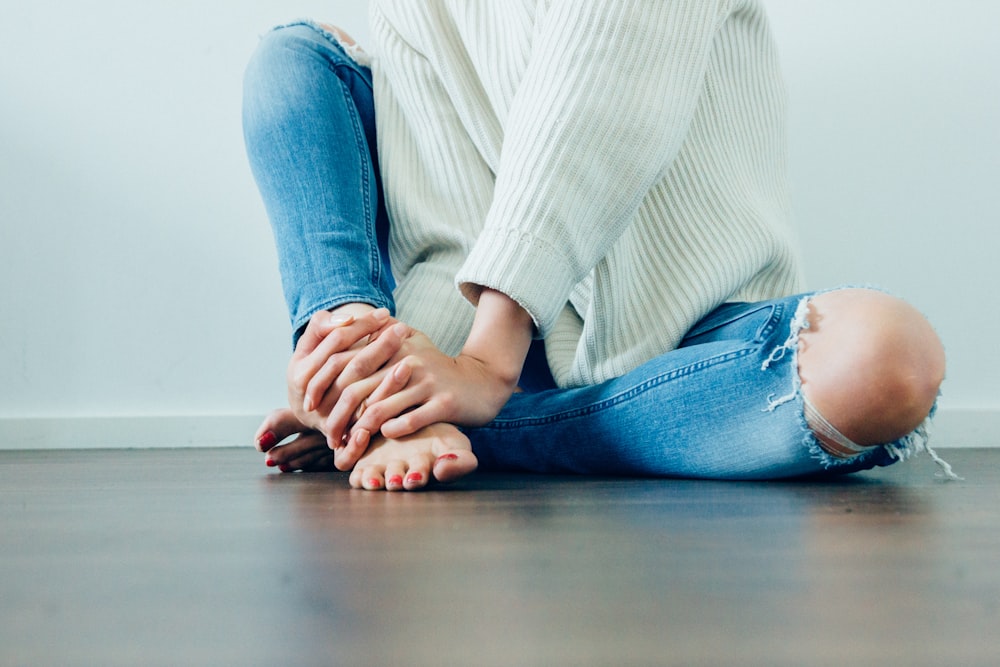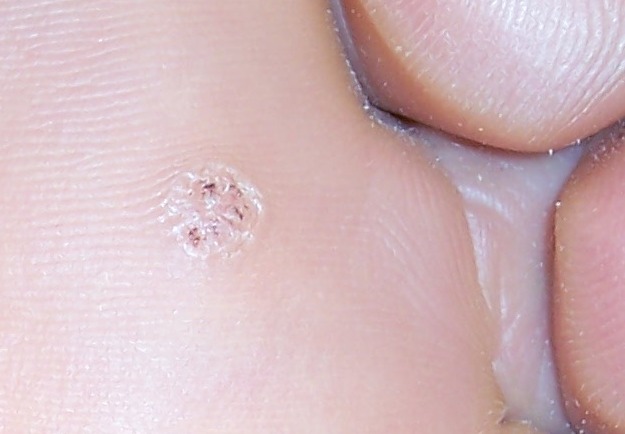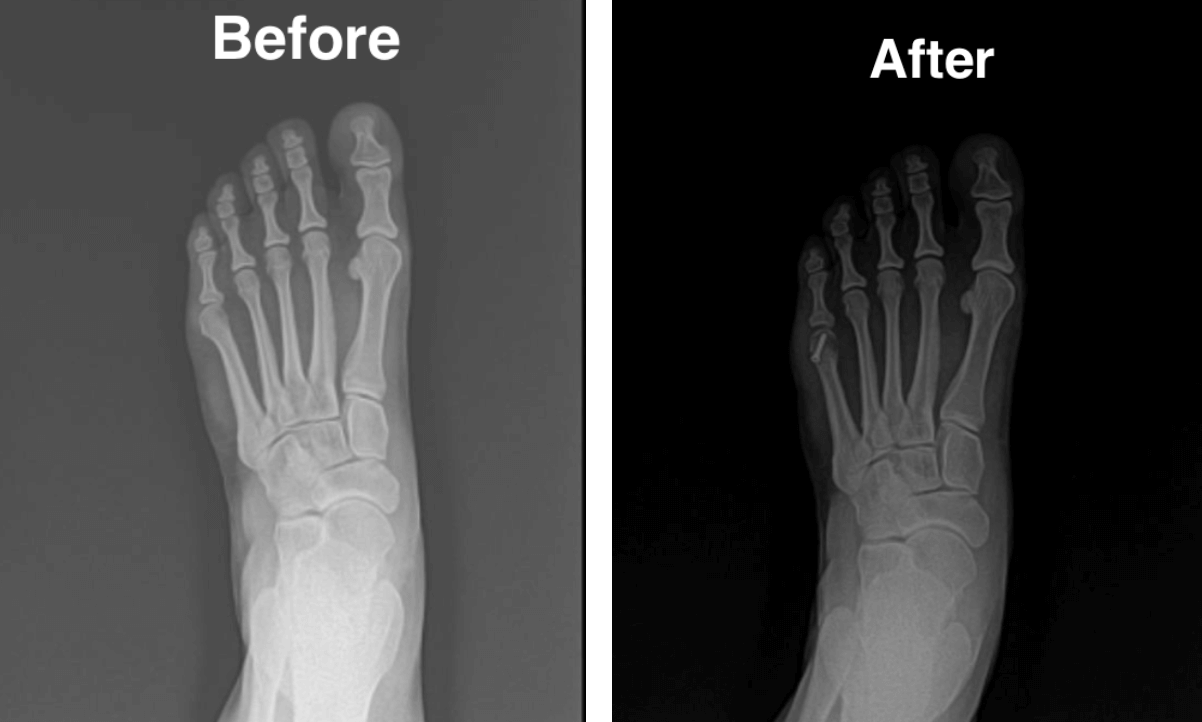issaquah podiatrist
Displaying items by tag: issaquah podiatrist
How To Heal Plantar Fasciitis
It is the little things! Plantar fasciitis is often an extremely stubborn problem. It often takes a combination of treatments to get this to resolve. Some of the core treatments involve appropriate shoes, prescription orthotics, night splints, icing and other anti-inflammatory treatments. However, sometimes it is surprising how effective it can be to do a little "fine tuning" to the treatment program.
We may have a patient where we have been doing all the right things as mentioned above. And then we question our patient: have you been stretching 4 times a day and the answer is no. And just something like ramping up the stretching to 4 times a day and/or being very consistent with a night splint can make all the difference.
Another example can be wearing the right shoes. Wearing flats or Converse shoes or other shoes that just don't have much structure or support are not helpful for this problem. It is critical to get the shoes that are recommended. For example very good athletic shoes with both a combination of structure and support. This is yet another example where adding this one item while continuing to do everything else, and finally the problem gets better!
If you have heel pain, give us a call at 425-391-8666 or make an appointment online today. Myself, Dr. Timothy Young, or my partner Dr. Brandon Nelson would love to see you.
Dr. Brandon Nelson Talks About How To Treat Plantar Fasciitis

The statistics say about 60% of American adults with suffer from plantar fasciitis at some point in their life. The symptoms most commonly associated with plantar fasciitis include; pain in the morning, pain after walking or a burning or bruised sensation to the heel. Plantar fasciitis is best used to describe these symptoms if they have been present for only a few months. After a few months it is more accurate to describe it as plantar fasciosis. Plantar fasciosis refers to a chronic inflamed process of the heel as opposed to an acute.
Plantar fasciitis is by far the most common reason a patient will visit a podiatrist. Heel pain can be extremely challenging and quite debilitating. Often patients that present to Issaquah Foot and Ankle Specialists have seen other physicians and are hoping for a miracle. Well I can tell you we always have a treatment routine that has not been tried as we are the number one source for heel pain in Washington State. We treat other physicians and medical providers on a regular basis as they know we have the latest technology and research combined to maximize outcomes for patients. If you suffer from heel pain let us help you heal.
If you are experiencing heel pain, give us a call at 425-391-8666 or make an appointment online.
Dr. Timothy Young Talks About Bunion Surgery in Seattle.

What to expect after bunion surgery with your cast.
Dr. Timothy Young Talks About Foot Surgery in Seattle

How to maximize your recovery after bunion surgery, with soft tissue and bone healing.
Give us a call at 425-391-8666 or make an appointment online today.
Dr. Brandon Nelson Discusses How To Resolve Heel Pain (Plantar Fasciitis) Without Physical Therapy

Heel pain or plantar fasciitis continues to be the number one reason people visit a foot and ankle doctor or a podiatrist. Heel pain or pain when you first get up in the morning can be extremely uncomfortable. Many patients that we treat have seen multiple other doctors or physical therapists. Patients have often spent months going to physical therapy and are continuing to go weekly.
I think physical therapy is a great modality and can be highly beneficial for many conditions. However, for heel pain or plantar fasciitis we almost never send patients to physical therapy. The reason being is we cure the problem. At Issaquah Foot & Ankle Specialist, home of the Washington Heel Pain Center we have developed a protocol that has an almost 100% cure rate for plantar fasciitis. If you are still suffering daily with heel pain come see us and we will help you get rid of it once and for all. Give us a call at 425-391-8666 or make an appointment online. Our Issaquah Podiatrists would love to see you!
Dr. Brandon Nelson Talks About How To Get Rid Of Warts

Warts can be very frustrating for patients. They can become quite large, painful and unsightly. Warts on the foot especially can be uncomfortable with playing sports or even walking. The most common type of wart is caused by Human Papillomavirus. There are many different strains of HPV and certain strains are more common on the foot.
The majority of these warts present on the bottom of the foot or the sole of the foot. We provide care for all types of warts and find most warts can completely resolve in just a few treatments. We offer many different treatment options depending on the size, number and location of the wart or warts. We provide care ranging from topical medications, lasers and even excision of warts. If you are looking for a warts specialist in the Issaquah, Bellevue, Mercer Island or Seattle area, come see us and we will help you get rid of them permanently. Give us a call today at 425-391-8666 or make an appointment online. Our Issaquah Podiatrists would love to see you.
Soft Tissue Growth and Bunions.

Dr. Timothy Young Talks About Ganglion Cyst Developing Over a Bunion.
Give us a call at 425-391-8666 or make an appointment online today. Our Issaquah Podiatrists would be happy to see you!
Dr. Timothy Young Talks About Tailor’s Bunion Surgery in Seattle.

We often ignore the Tailor’s bunion. This is the painful bump that develops on the outside of the foot or lateral aspect of the foot just behind the small toe. Sometimes the surgery is very simple and basic and just involves shaving down the extra bone in the area and smoothing it down and then suturing things back together.
Dr. Timothy Young Talks About Anesthesia and Bunion Surgery

Dr. Timothy Young Talks About Anesthesia and Bunion Surgery
Dr. Brandon Nelson Talks About Treatment Options for Achilles Heel Pain, Achilles Tendinitis and Retrocalcaneal Bursitis

At Issaquah Foot and Ankle Specialists, we provide exceptional care as sports medicine physicians. We’re the #1 foot and ankle source for Achilles tendon pain, heel bursitis, bone spurs, and retrocalcaneal bursitis. One of our primary areas of focus is sports medicine and sports injuries. Achilles tendon injuries can be extremely challenging.
We utilize the latest treatment options including shockwave therapy and other cutting edge sports medicine techniques to treat all types of Achilles tendon pain. We can provide urgent care in same-day appointments sports medicine related injuries as we're the #1 foot and ankle clinic. If you live in Bellevue, Seattle, Issaquah, Maple Valley or Sammamish we are here to help. Give us a call at 425-391-8666 or make an appointment online today.




